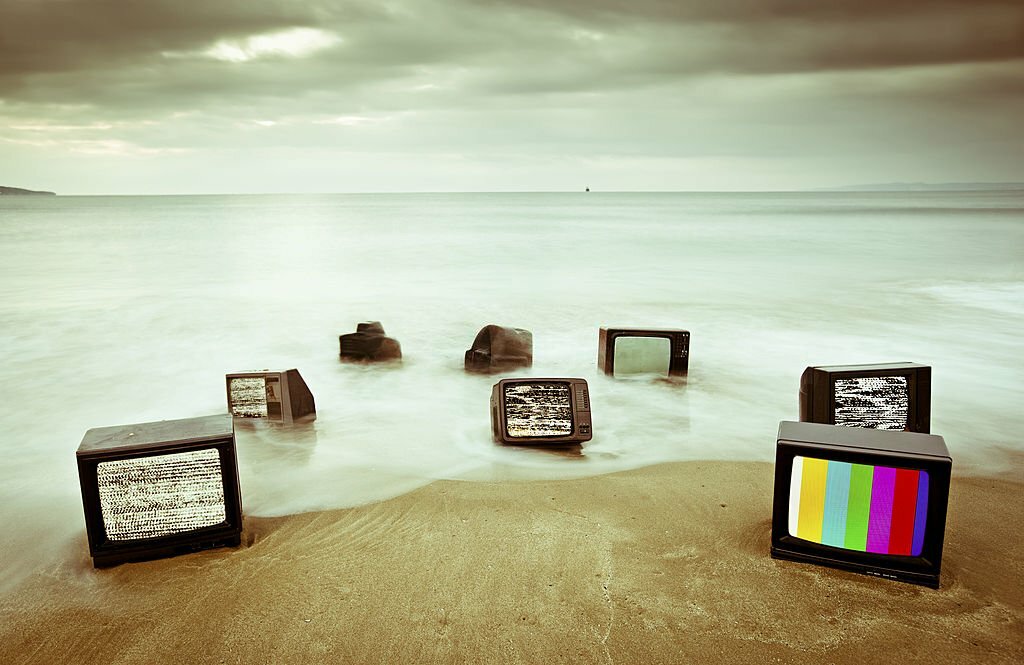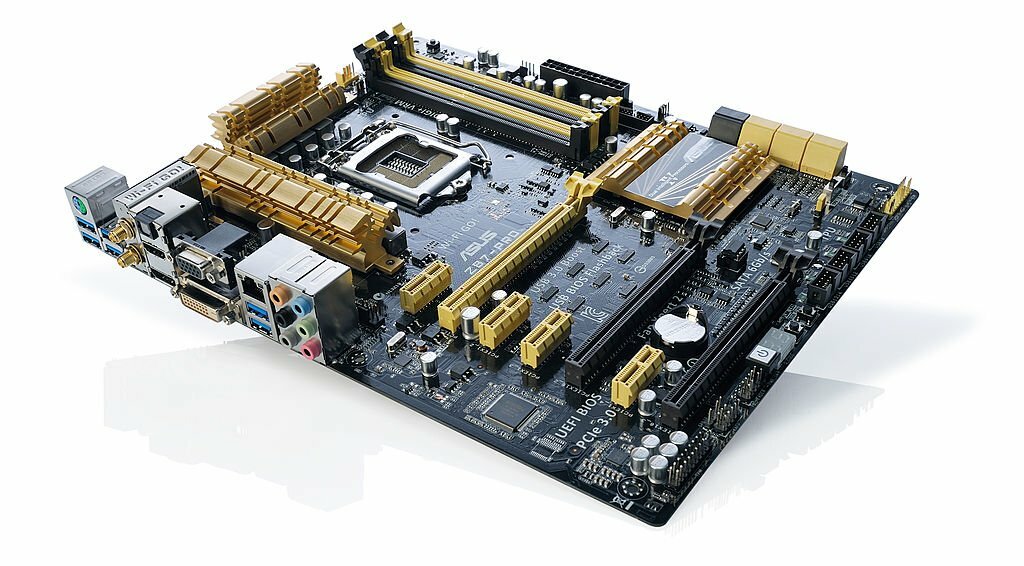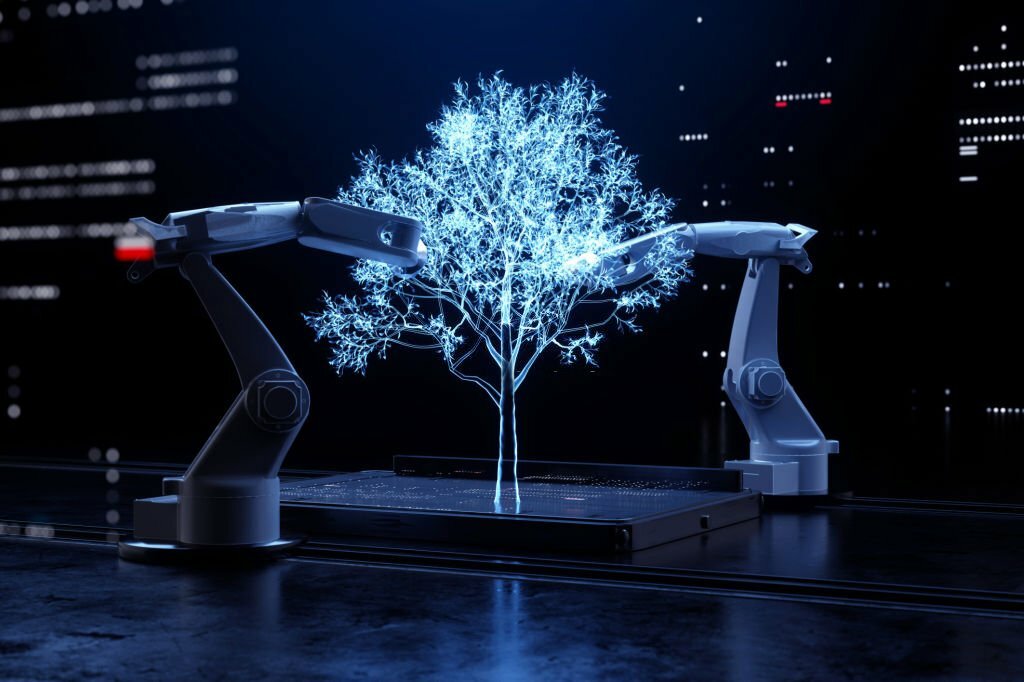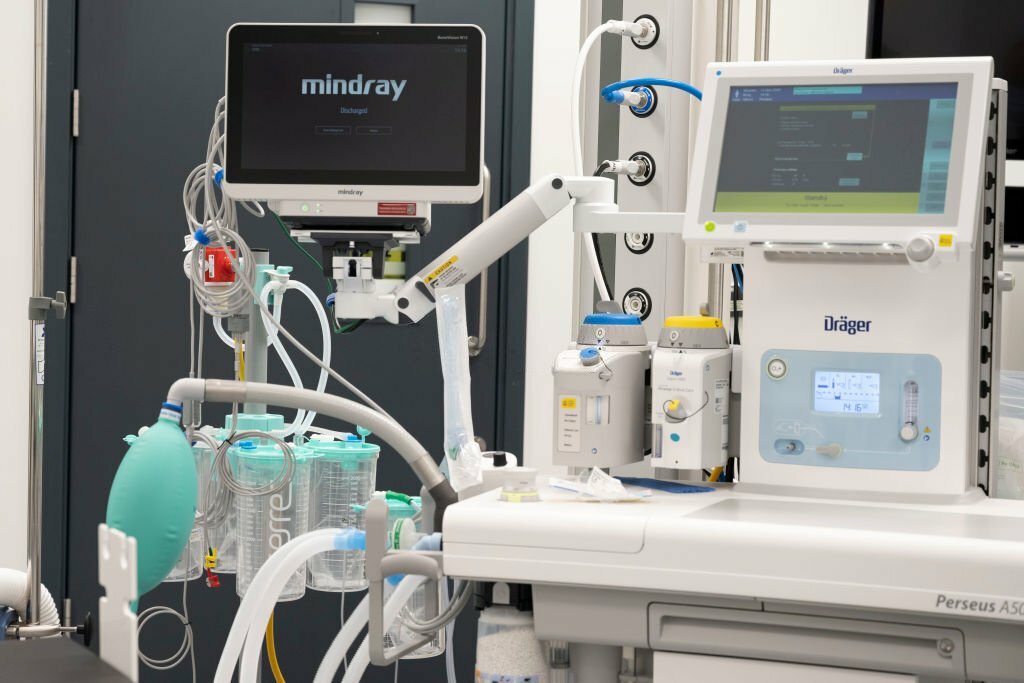How to Use Motherboard HDMI: Step-by-Step Guide
Table of Contents
Discover the secrets of maximizing Motherboard HDMI potential effortlessly. Step-by-step guide for beginners. Enhance your viewing experience now! 🔗
In the realm of digital connectivity, motherboard HDMI ports stand as unsung heroes, quietly awaiting discovery. While many users are well-acquainted with external graphics cards, the integrated HDMI capabilities of motherboards often remain overlooked. This comprehensive guide aims to unravel the mysteries surrounding motherboard HDMI ports, providing you with a roadmap to unlock their full potential.
How to Use Motherboard HDMI?
Utilizing the HDMI port on your motherboard is a simple process requiring minimal technical know-how. Start by ensuring your computer is turned off and disconnected from any power sources. Identify the HDMI port on the rear panel of your motherboard, usually marked “HDMI” or color-coded. Firmly connect one end of an HDMI cable to the motherboard HDMI port. Plug the other end into the HDMI input port on your monitor. After establishing the connections, power on your computer. The monitor should automatically detect the HDMI signal, displaying output from your computer’s integrated graphics. If not, adjust input settings on the monitor or enable integrated graphics in your computer’s BIOS.
Motherboard HDMI: Beyond the Basics
Motherboard HDMI, an integral component nestled on the motherboard, extends an invitation to a world of seamless multimedia experiences. Often overshadowed by standalone graphics cards, these ports are more than mere adornments. Let’s delve into the intricacies of utilizing motherboard HDMI to elevate your computing encounters.
Connecting the Dots: Setup Simplified
Embarking on your journey with motherboard HDMI begins with a straightforward connection process. Locate the HDMI port on your motherboard – it’s typically positioned near the I/O panel. Once identified, simply connect one end of the HDMI cable to the port and the other to your display device. The magic of high-definition visuals is now at your fingertips.
Power of Multi-Monitor Setups
Maximizing productivity or indulging in immersive gaming experiences becomes effortless with multi-monitor setups. Motherboard HDMI extends support for such configurations, enabling you to harness the power of multiple displays. Navigate to your system settings to effortlessly extend or duplicate your screen, immersing yourself in a panoramic digital environment.
Related: Why Are Motherboards So Expensive
Why does my motherboard HDMI not work?
There are several reasons why your motherboard HDMI might not be working. Here are a few of the most common:
- Faulty physical connections: Make sure that the HDMI cable is securely plugged into both the motherboard and the display device. Try using a different cable to rule out a faulty cable.
- CPU without integrated graphics: If your CPU does not have integrated graphics, you will need to use a dedicated graphics card to output video through the HDMI port.
- Incorrect BIOS settings: Check your BIOS settings to ensure that the onboard graphics are enabled. The specific location of this setting will vary depending on your motherboard manufacturer.
How do I activate the motherboard HDMI in BIOS?
The steps for activating motherboard HDMI in BIOS will vary depending on your motherboard manufacturer. However, the general process is as follows:
- Enter BIOS by restarting your computer and pressing the appropriate key during the boot process. This key is typically F2, F10, or Delete.
- Navigate to the BIOS settings for your onboard graphics. This setting may be located under the “Graphics” or “Advanced” menu.
- Enable the onboard graphics. The specific setting name may vary depending on your motherboard manufacturer.
- Save your BIOS changes and exit BIOS. Your computer will restart and the HDMI output should now be working.
Troubleshooting: Common Concerns
Even the smoothest journeys encounter bumps along the way. Here’s a quick guide to troubleshooting common issues associated with motherboard HDMI:
1. No Signal Detected
If your display stubbornly declares “No Signal,” fear not. Begin by checking the cable connections. A loose HDMI cable might be the culprit. Ensure a snug fit, reboot your system, and witness the display come to life.

2. Limited Resolution Options
In the quest for optimal visuals, limited resolution options can be disheartening. Update your graphics drivers to unlock a spectrum of resolutions, ensuring your display showcases content in its full glory.
3. Audio Woes
Should audio playback become elusive, delve into your system’s audio settings. Confirm that the HDMI audio output is selected, transforming your motherboard HDMI into an audio powerhouse.
Future-Proofing Your Experience: Upgrading with Motherboard HDMI
The tech landscape is ever-evolving, and so is the prowess of motherboard HDMI. Stay ahead of the curve by exploring potential upgrades:
1. Explore HDMI Versions
As technology advances, so do HDMI versions. Stay informed about the latest HDMI standards, unlock compatibility with emerging devices, and ensure your system remains future-proof.
2. Consider BIOS Updates
Motherboard manufacturers often release BIOS updates that enhance hardware functionality. Regularly check for updates to optimize your motherboard HDMI performance and stay abreast of the latest features.
Final Thought
In the grand tapestry of computing, motherboard HDMI emerges as a silent yet powerful thread. This comprehensive guide aimed to demystify the intricacies surrounding these unassuming ports, empowering you to unleash their full potential. Whether you seek crisp visuals, immersive gaming, or enhanced productivity, your motherboard’s HDMI port is the gateway to a world of possibilities.
People Also Ask
Can I use the HDMI in the motherboard?
Yes, you have the option to utilize the HDMI port on your motherboard for video output to a display device. This is contingent on your CPU featuring integrated graphics. In the absence of integrated graphics, a dedicated graphics card becomes necessary for this purpose.
How to use HDMI on a motherboard without integrated graphics?
If your motherboard lacks integrated graphics, the HDMI port becomes non-functional. It relies on the integrated graphics of the CPU to transmit signals. In the absence of integrated graphics in your CPU, a dedicated graphics card is necessary to send signals to your monitor.
Is a Display Port better than HDMI?
DisplayPort and HDMI serve as digital video interfaces facilitating the transmission of high-definition video and audio signals. Both standards support 4K and HDR content, yet they exhibit distinct differences.



